The Fourth Industrial Revolution (the so-called Industry 4.0) has been at the top of World Economic Forum (WEF) agenda four years running. In his opening speech at Davos 2018, Klaus Martin Schwab, the founder and lifelong executive chairman of the WEF, said that humankind is at the beginning of a revolution that is fundamentally changing the way we live, work and relate to one another. According to Mr Schwab, this is the first time in human history the problem of such magnitude has presented itself, and it is already obvious that Industry 4.0 is going to affect all venues of society, including jobs and population groups.
The Fourth Industrial Revolution is described as a transition to fully automated digital production, which is controlled in real time by intelligent systems that continuously interact with the external environment. In other words, these are new technologies that are fusing the physical, digital and biological worlds. Industry 4.0 revolves around the transition from digitisation (the shift from manual labour to digital electronics during the third revolution) to innovations based on the interconnection of various technologies. Industry 4.0 has come about thanks to around 60 breakthroughs, most notably artificial intelligence, the Internet of things, robotics, wearable devices, and 3D printing. All of this brings changes to commercial relations as companies discover opportunities to streamline production, tailor their offering, manage supply chains, and find new and profitable business models. This same topic was actively discussed at the Forum of the Future, SIBUR’s first customer forum.
New standard of living
As has been repeatedly mentioned at the WEF meetings, the Fourth Industrial Revolution and its innovations have significant potential to raise humanity’s quality of life. They are liable to improve labour productivity and logistics efficiency. Transport, communications and trade will become less expensive as new markets take shape and economies boom. Even developed markets will see a boost to their economic potential thanks to automated production.
However, Industry 4.0 is happening amid seismic demographic changes that are rooted in the second half of the 20th century. By 2040, the Earth’s population will go up by a quarter, with density increasing from 49 to 61 people per sq km, half of whom will be residing in cities. This will result in more intensive resource consumption, higher passenger transport load and exacerbated traffic jams, as well as more expensive utility services and increased garbage and waste volumes. According to the WEF participants, over the next 25 years it will take the world USD 100 tn to overcome the infrastructure deficit. At the same time, with the current level of investments and the debt of the major economies, the capital investments deficit may amount to USD 20 tn. In order to locate financial resources, countries will need to drastically cut expenses and search for new approaches to managing the existing infrastructure. One such approach is circular economy, which reduces the use of resources and redirects them towards infrastructure development.
There is not a single, definite view on the future of Industry 4.0, but it is highly likely to exacerbate social inequality and heavily disrupt many markets due to the trend of robotisation of production. For example, as the German GDP rises, 35% of the modern industry skills will become obsolete. Laura Tyson, Professor of the Haas School of Business at UC Berkeley, noted in her WEF presentation that the Fourth Industrial Revolution was already having an effect on the labour market. “Automation has already heavily disrupted the middle class and left many average income households financially stagnating. Inequality is also on the rise. So why are we still hoping that the effects of the artificial intelligence will become less tangible in a decade?” she says. Laura Tyson insists that governments should direct significant resources towards preparing their countries for new economic and technological models.
It is already obvious that Industry 4.0 is going to affect all venues of society, including jobs and population groups.
“Everyone sees that the technological industry is undergoing significant changes which need to be addressed,” said Zvika Krieger, member of WEF’s San Francisco team. “However, we have no understanding of these processes and hence no course of action. This is the talk among presidents, prime ministers and other government officers. Mr Krieger believes that heads of states still have no plan of action.
Who is ready?
The World Economic Forum, in collaboration with A.T. Kearney, assessed 103 countries to determine their readiness for the Fourth Industrial Revolution. The assessment was made up of two main components: Structure of Production, or a country’s current baseline of production, and Drivers of Production, or the key enablers that position a country to transform production systems (namely Technology & Innovation, Human Capital, Institutional Framework, Global Trade & Investment). The countries and economies included in the assessment were assigned to one of four archetypes: Leading (scored high on both indicators, 25 countries), Legacy (strong current base, but at risk for the future, 10 countries including Russia), High-Potential (limited current base, positioned well for the future, 7 countries), and Nascent (scored low on both indicators, the rest of the world, most notably Latin America and Africa).
The Leading countries currently account for 75% of the industry added value globally. At the same time, no country came out on top as the absolute leader (see the chart), with Japan, China, South Korea, Germany and the US accounting for around 70% of robotics sales.
Cooperation for innovation
The Russian Federation’s manufacturing sector is the 13th largest in the world, but WEF and AT Kearney note a decline in manufacturing’s share of national GDP over the last decade. Russia and other traditional manufacturing countries are exposed to higher economic risk, as they compete not only against the more advanced manufacturing of Leading countries, but also against the cheap labour of Nascent countries.
According to the WEF experts, Russia would be able to enjoy the benefits of the Fourth Industrial Revolution if it capitalises on its high-quality human capital and sustainable foreign and domestic demand. Importantly, this should be accompanied by enhanced collaboration between the government, industry and education spheres; and development of regional innovation and R&D hubs.
The authors of the report state that while Russia has a highly educated workforce, its soft and creative skills should still be further developed. Given the risks posed by automation of manufacturing, governments face the challenge of fostering the skills of tomorrow among its citizens, which include computer literacy and entrepreneurial spirit, as well as emotional and social competences that cannot be automated. When speaking about Industry 4.0 at the 2016 meeting, Klaus Schwab, Founder of WEF, said that the gap between returns to capital and returns to labour will inevitably widen. On the other hand, it will result in a net increase in safe and rewarding jobs, and talent, more than capital, will represent the critical factor of production.
Quotes from Russian WEF participants
Arkady Dvorkovich,
Deputy Prime Minister of Russia
“The WEF once again serves as a testament to the possibility of open communication between countries and companies that may initially be at odds, but that can still find common ground and see eye to eye in respect of global issues and more localised topics.”
Herman Gref,
CEO of Sberbank of Russia
“The year 2010 marked the transition from the information age to a digital one. Technologies became available that allowed us to accumulate huge amounts of data and store them for very cheap. More importantly, there are now ways to process these data. In addition, completely new kinds of companies emerged and caused major disruptions to industries that had been considered traditional and highly resistant to innovation.”
Alexander Novak,
Russia’s Minister of Energy
“Naturally, sanctions against Russia preclude all of us from properly addressing global economic problems. Still, they gave our country an additional impetus to develop its industry and redirect investments to domestic capacities.”
The Fourth Industrial Revolution holds great promise for petrochemicals, which is becoming increasingly more evident to stakeholders. Industry 4.0 plants seeds of new business areas that not just use, but often require petrochemical products as the only suitable option. These products find their way into almost all innovative fields of Industry 4.0, such as robotics, medicine and electronics breakthroughs, 3D printing. This means companies need to follow the digital trend, which involves becoming more flexible both in terms of technology and market behaviour, as well as investing in a customer-focused culture. Keeping pace with the rapidly evolving world will allow the petrochemical industry to remain competitive and attractive for investors in the long-term.
Petrochemical products find their way into almost all innovative fields of Industry 4.0, such as 3D printing.
“Just like almost each of us has a smart phone in his or her pocket, so will each company soon possess Industry 4.0 tools,” says Vladimir Chernatkin. SIBUR’s Big Data and Internet of Things projects supervisor. “Those who are the quickest to most effectively adapt these tools to the needs of their business will succeed. We take into account the current problems and opportunities of the business and show companies what they can do with the new tools. This enables solutions that take the best advantage of the new technology. Naturally, drones, robots, 3D printing and other innovations that are part of Industry 4.0 synergise really well, working best in concert as part of a single solution.”
Download PDF

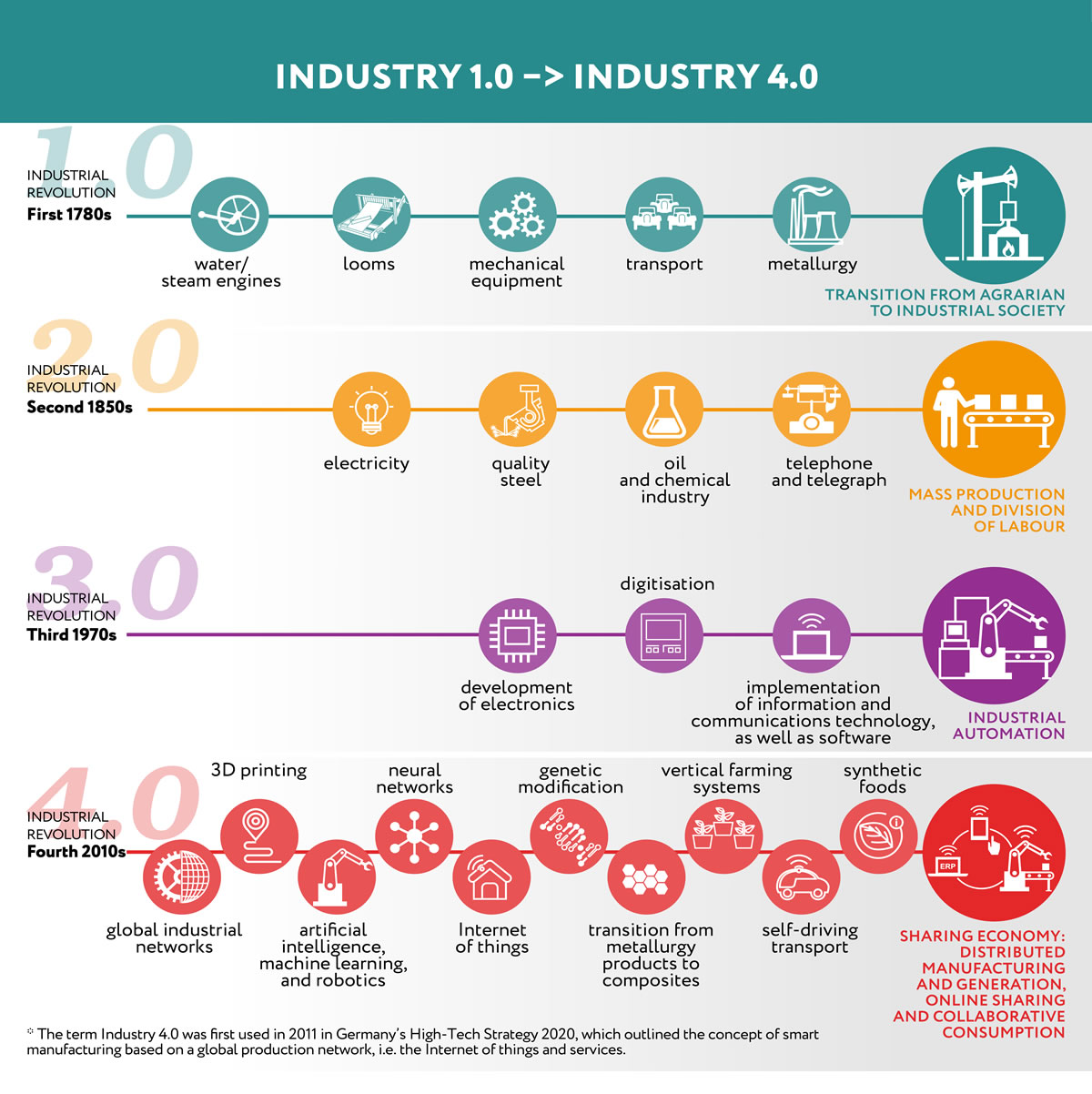
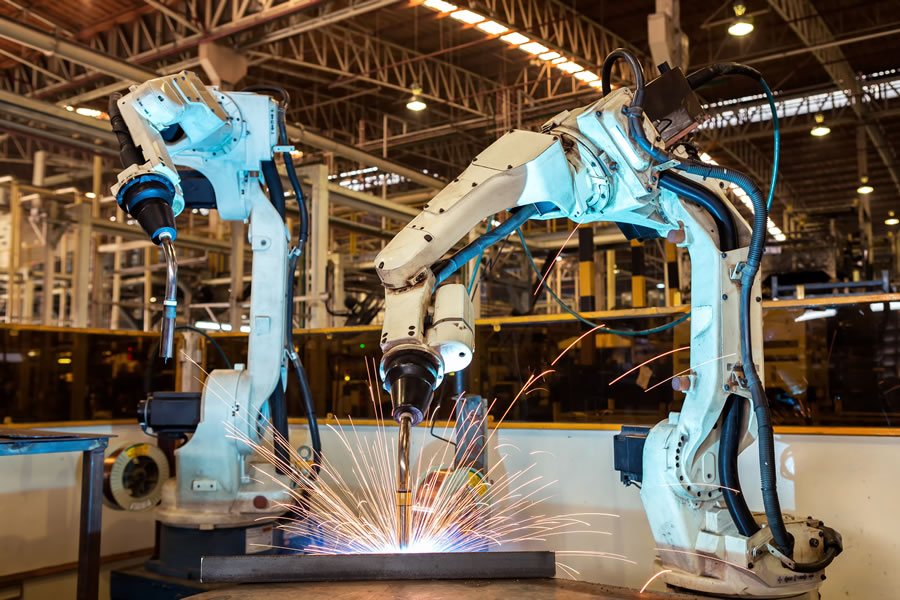
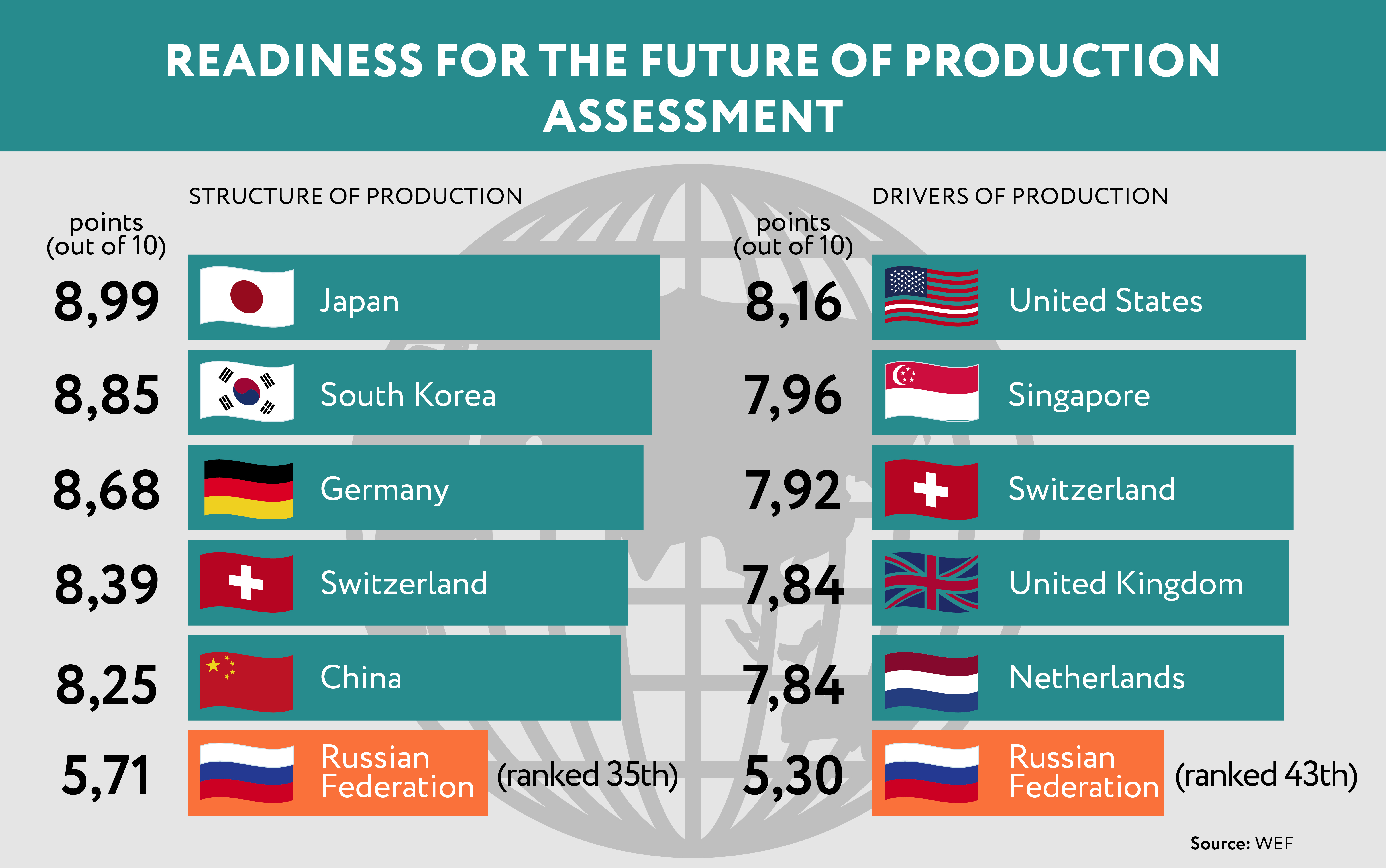
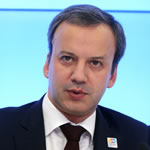
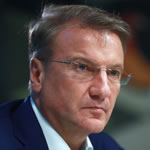
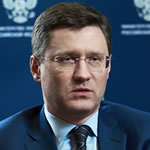
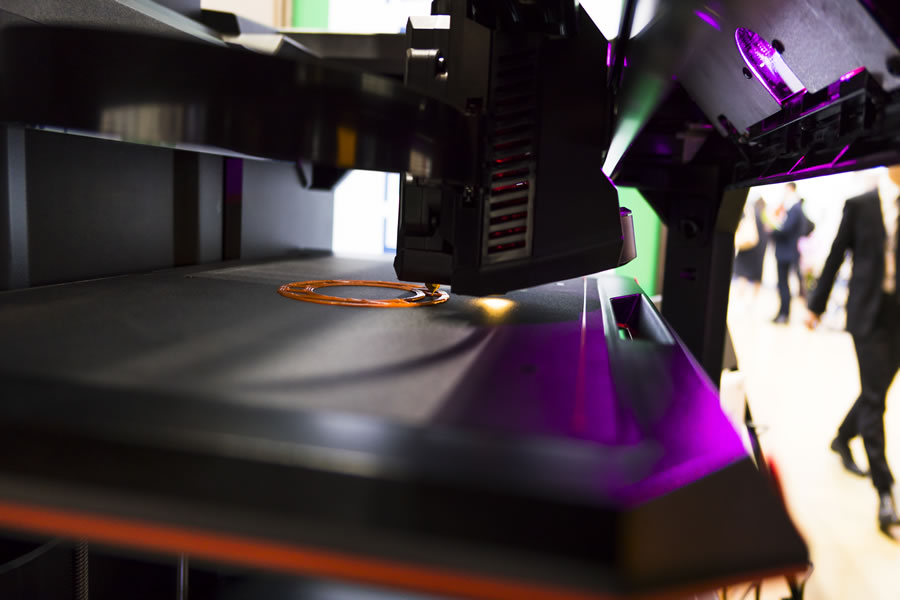


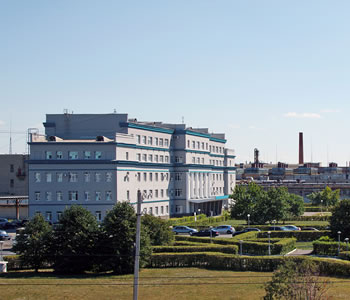

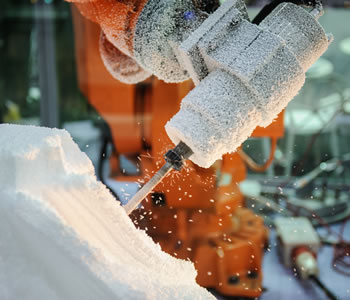
Prophet of change
In 1926, inventor Nikola Tesla said the following in a Collier’s magazine interview: “When wireless is perfectly applied, the whole earth will be converted into a huge brain. We shall be able to communicate with one another instantly, irrespective of distance. Not only this, but through television and telephony we shall see and hear one another as perfectly as though we were face to face, despite intervening distances of thousands of miles; and the instruments through which we shall be able to do his will be amazingly simple compared with our present telephone. A man will be able to carry one in his vest pocket. We shall be able to witness and hear events – the inauguration of a President, the playing of a world series game, the havoc of an earthquake or the terror of a battle – just as though we were present.”